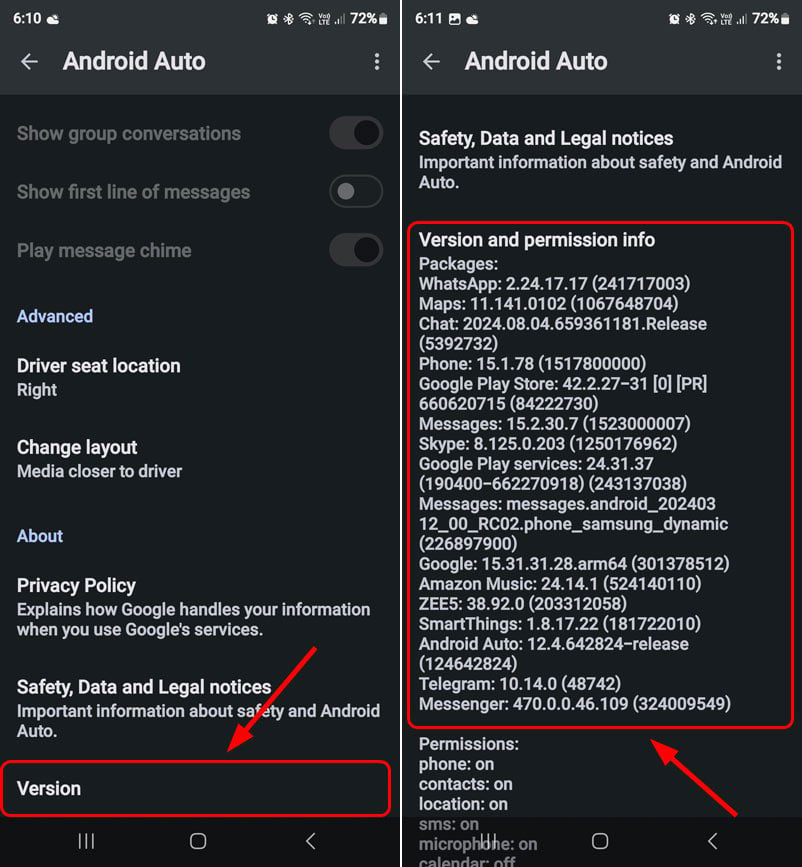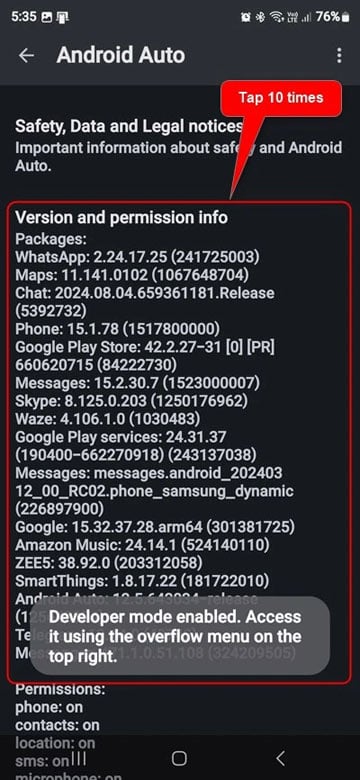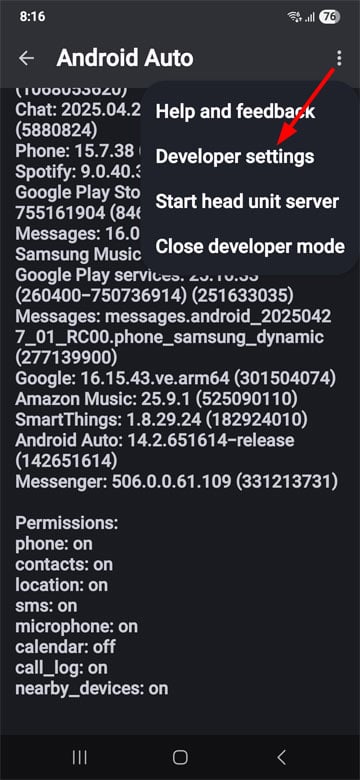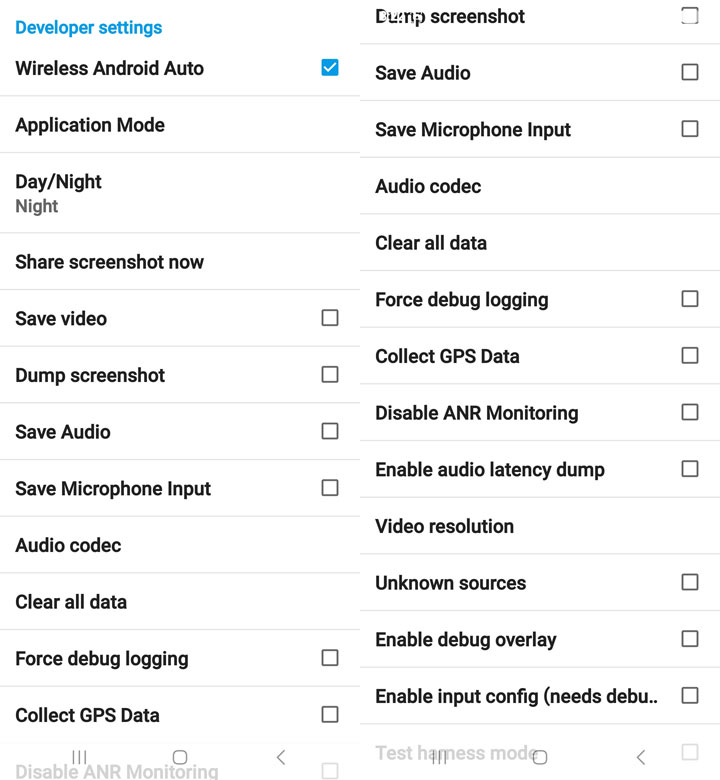Android Auto creates a seamless navigation, music, and communication experience by integrating your Android smartphone with your car’s infotainment system. It provides real-time traffic updates and voice-controlled navigation. The system enhances safety by allowing hands-free calls, texts, media control, and navigation via Google Assistant. With this system, you can stay connected and entertained on the road without sacrificing your focus on driving. You can further enhance your experience by tweaking Android Auto Developer Settings.
You must be familiar with Android’s hidden Developer Options. It needs to be enabled so you can access its advanced settings. Android Auto has its own set of hidden options that must be enabled before you can try them. Imagine having access to bonus options that can enhance your app’s performance, improve connectivity, and unlock experimental features! This tutorial will describe the quick steps to enable the Developer Settings in the Android Auto app.
Enabling the Developer Settings in Android Auto
Enabling the Developer Settings in Android Auto is relatively simple. Follow the steps below.
- Open your Android phone’s Settings and select the Connected Devices option. If you don’t find the option, tap the Search button in Settings, type “Android Auto”, and open the app.
- Open Android Auto, scroll down to Version and tap it 10 times.

- When prompted to allow development settings, tap OK. Android Auto’s Developer Settings will be enabled.

- Once enabled, tap the 3 vertical dots on the top-right corner and select Developer Settings.

Android Auto Developer Settings Explained
The Developer Settings in Android Auto (v12.5.643034) offers 18 settings.
- Wireless Android Auto: Toggle wireless Android Auto projection feature. If Android Auto is not connecting wirelessly, enabling this feature should fix the issue.
- Application Mode: Configure Android Auto in one of the 4 modes: Release, Developer, Retail, and X-Ray. If you choose Developer Mode, you’ll see an icon that opens a menu with all installed Android Auto apps and their versions. The Release, Retail, and X-Ray modes are meant for demonstration purposes.
- Day/Night: Choose between the Day and Night themes for Android Auto or select if they are controlled by your phone or car’s settings.
- Share Screenshot Now: When connected to your car, tap this option to share the Android Auto screenshot via your phone’s share menu.
- Save Video: App developers can use this option to save a video while taking a bug report.
- Dump Screenshot: If selected, the captured screenshots are saved to the Pictures folder on your phone.
- Save Audio: Enable this option if you want the saved videos to have embedded audio. It captures all audio except microphone input.
- Save Microphone Input: If you want the saved videos to have mic input along with the media and navigation audio, turn on this option.
- Audio Codec: Select whether you want Android Auto to use PCM (Pulse Code Modulation) or AAC (Advanced Audio Coding) audio codec.
- Clear All Data: This option lets you wipe all Android Auto-related data.
- Force Debug Logging: Enable this option to force Android Auto to output debug logs on the system logcat.
- Collect GPS Data: Force AA to output GPS data on the system logcat.
- Disable ANR Monitoring: Deactivate ANR (Application Not Responding) warnings while testing apps in Android Auto.
- Enable Audio Latency Dump: This option lets you debug the audio latency issue in Android Auto while calculating audio output.
- Video Resolution: If the head unit of your car supports video playback, you can use this option to select SD, HD, or Full HD output.
- Unknown Sources: When enabled, this option lets you install apps (APK files) not downloaded from the Google Play Store.
- Enable Debug Overlay: This option lets developers display real-time debug information about an app.
- Test Harness Mode: A developer-friendly feature for UI testing that skips first-time setup screens without any manual interaction.
Some users reported that they started facing connectivity issues after enabling the Developer Mode in Android Auto. In that case, turning off the Developer Settings might fix the problem. Go to your phone’s Settings, search Android Auto, and open it. Tap the 3-dot icon in the top-right corner and select the Close Developer Mode option from the menu.
I hope this article helped you understand Android Auto Developer Settings and all its hidden features.
Read Next: How to Fix Latency and Lag in Android Auto

